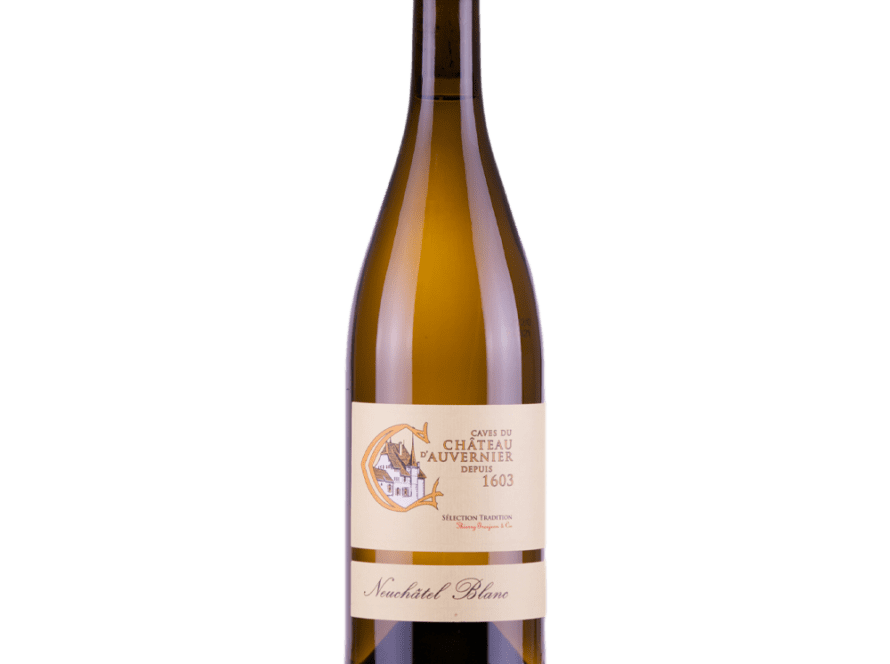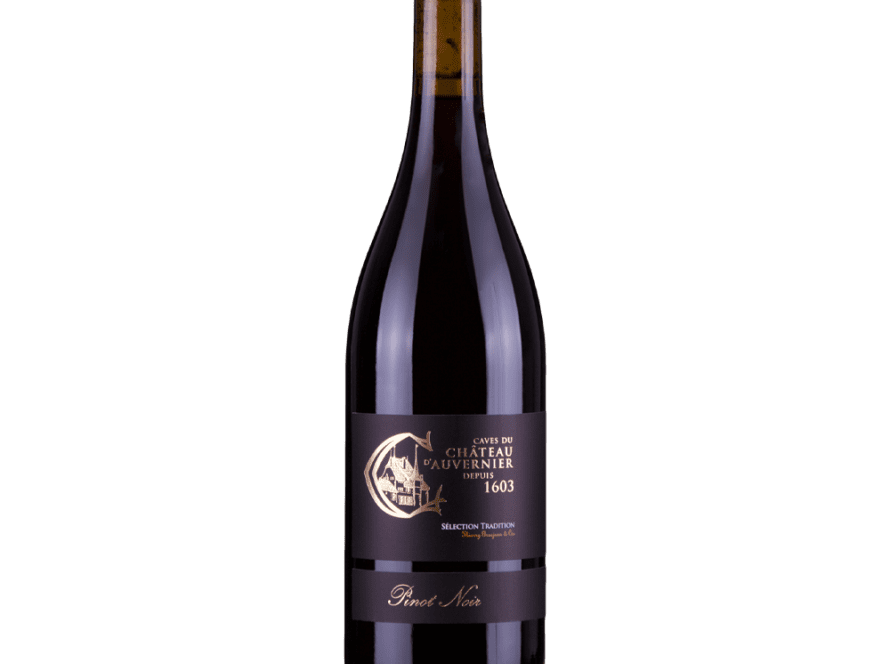
Fine Swiss Wines from Neuchâtel
Chateau D'Auvernier
Chateau D’Auvernier – Neuchâtel, Switzerland
Few companies, in Switzerland or elsewhere, can boast D’Auvernier’s 400 years of family history. Keeping the estate in the family has always been a priority.
Today, owner Thierry Grosjean, is reorganizing the estate and introducing integrated culture, a respectful approach to the environment which makes it possible to decrease the spreading of chemicals and spare the soil. In 1999, a barrel storeroom was built with 220-litre barrels for certain wine specialties matured “in the cask.”
Chateau D'Auvernier Wines
The Vines
This estate which is located on the shores of the Lake of Neuchâtel, currently markets the produce of about 60 hectares of grapevines. Although the Auvernier Castle Cellars actually possess only 16 hectares of grapevines, they cultivate an additional 24 hectares and buy the harvest of 20 hectares more from vine growers with whom their ties, in some cases, go back several generations.
The light to medium chalky soils, in places with barely 40 to 50 cm of topsoil overlaying the bedrock, can be very generous, providing the grapevine with two to three metres of undersoil. Geologically similar to the Burgundy soil, although situated a little further south, it benefits from the proximity of the lake, which regulates the temperatures, thereby offsetting the additional 100 metres or so in relation to its French counterpart.
The Cellars and Winemaking
All our wines ferment in vats equipped with a device permitting the monitoring of the fermentation process. It is at the end of fermentation that they take off in different directions.
The Chasselas, the Chardonnay and the Pinot Gris will be put in vats; the Pinot Noir and the Oeil de Perdrix head for the oaken casks varying in capacity from 2500 litres (Pinot Noir) to 10′000 to 12′000 litres (Oeil de Perdrix). Only the Chardonnay and the Pinot Gris, matured in barrels, ferment in 220 litre casks. That part of the Pinot Noir that is to be matured in barrels will be put into casks after the malolactic fermentation while the wine is still cloudy. There, it will lie for 12 months.
Once the alcoholic fermentation has finished, the malolactic fermentation starts for all our wines, with the exception of the Chardonnay. Christmas usually marks the end of this stage so that we can then cool the cellar and prepare the prefiltering and the various vintages. The Blanc and the Oeil de Perdrix will be bottled as from March, the Pinot Noir and the wines matured in barrels will wait, in principle, until September or even after the harvest.
Each vintage is different. Sometimes they remind us of those that went before, but for all that, each has its original touch. Wine is the fruit of a whole year’s creation, during which Nature, the soil, the environment, the stocking of the vines, cultivating techniques, then cellaring shape the character and identity of the wine. We wish you as much pleasure in discovering these numerous facets as we had in bringing them out.
The History
In 1559, Blaise Junod, Governor of the Seigneury of Valangin, had Auvernier Castle built. His grandchildren sold the property to Jean-Jacques Tribolet who served with distinction in the army of Henry of Navarre, the future Henry IV, King of France. The King knighted Tribolet at the Battle of Ivry on 14 March 1590, for his exemplary conduct in the face of the enemy. Thirteen years later, Tribolet gave up Auvernier Castle to Pierre Chambrier, a great personality of the time. The contract of 1603 also provides for the sale of the estate comprising 19 fossuriers – that is to say about 7 hectares of grapevine, in current vine-growing terms. So it was that the Chambrier family came into the life of the Castle. The patronymic, according to the property titles, was to last from 1603 until 1823.
But by the women were to perpetuate the Chambrier bloodline through marriage, even though they bore such names as Sandoz-Rollin, Pourtalès, Montmollin or Grosjean. So it is nigh on 400 years, since 1603, that Auvernier Castle has been in the family and has cellared its wines sold both in Switzerland and abroad. Captains in the service of France, Savoy and the United Provinces, governors of the Principality of Neuchâtel, Chamberlain to the King of Prussia, friend of Jean-Jacques Rousseau and Counsellors of State have followed one another without wine ever ceasing to be the soul and the reason of the Castle.
It is in the very spirit of the Cellars of Auvernier Castle to ensure that this tradition endures.






